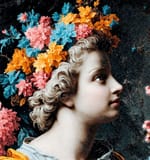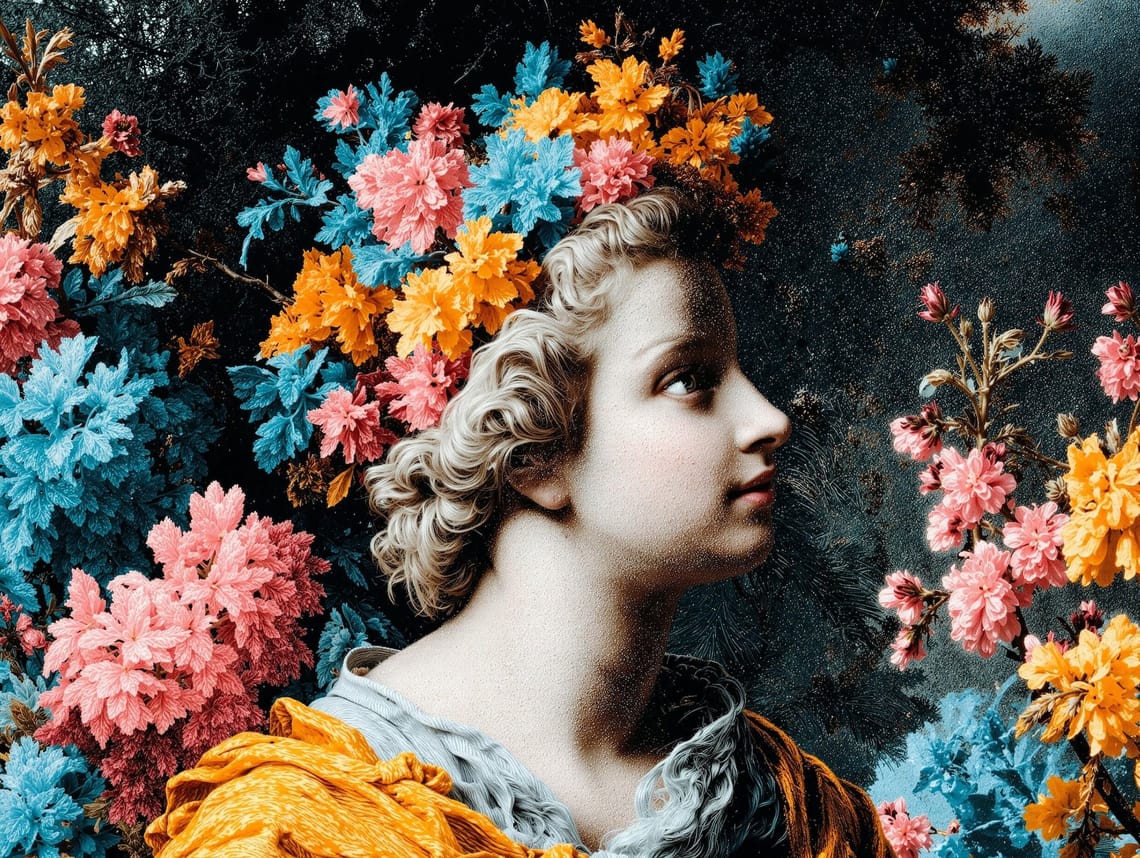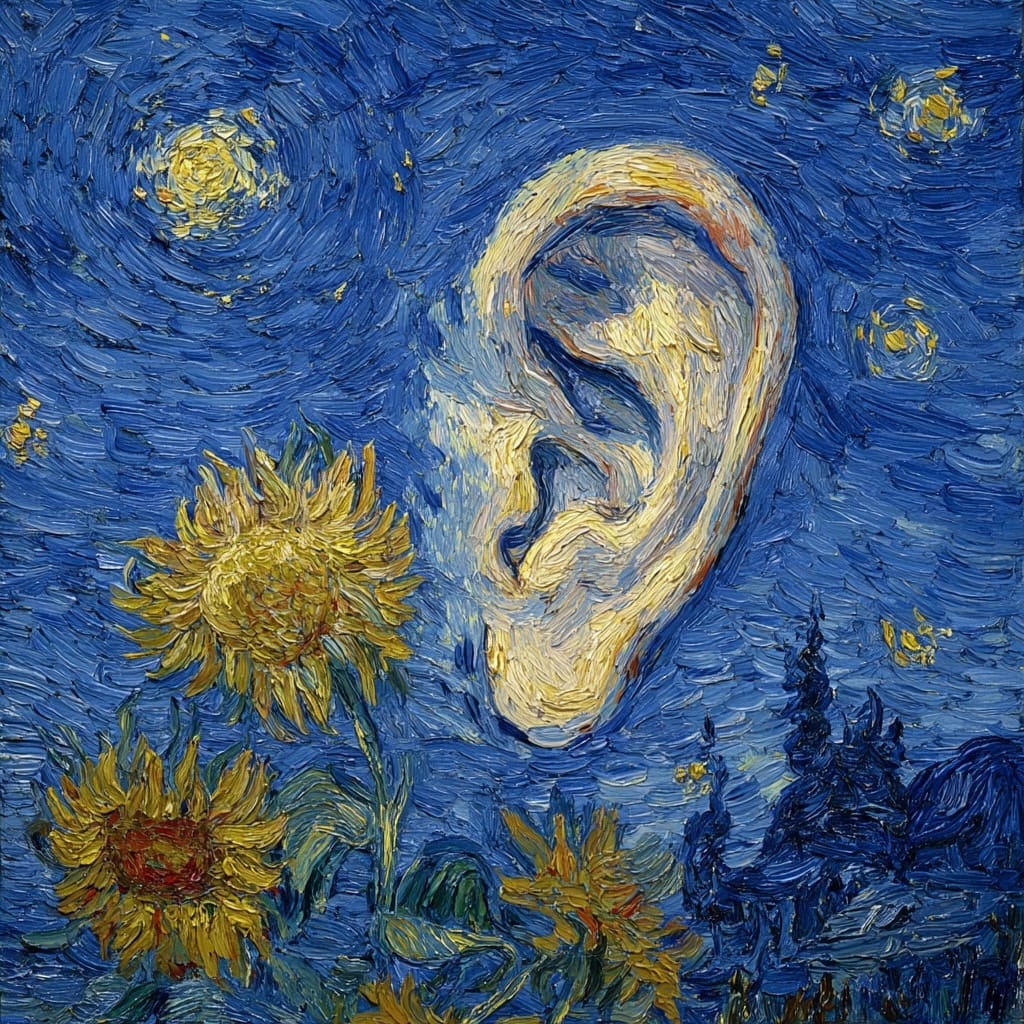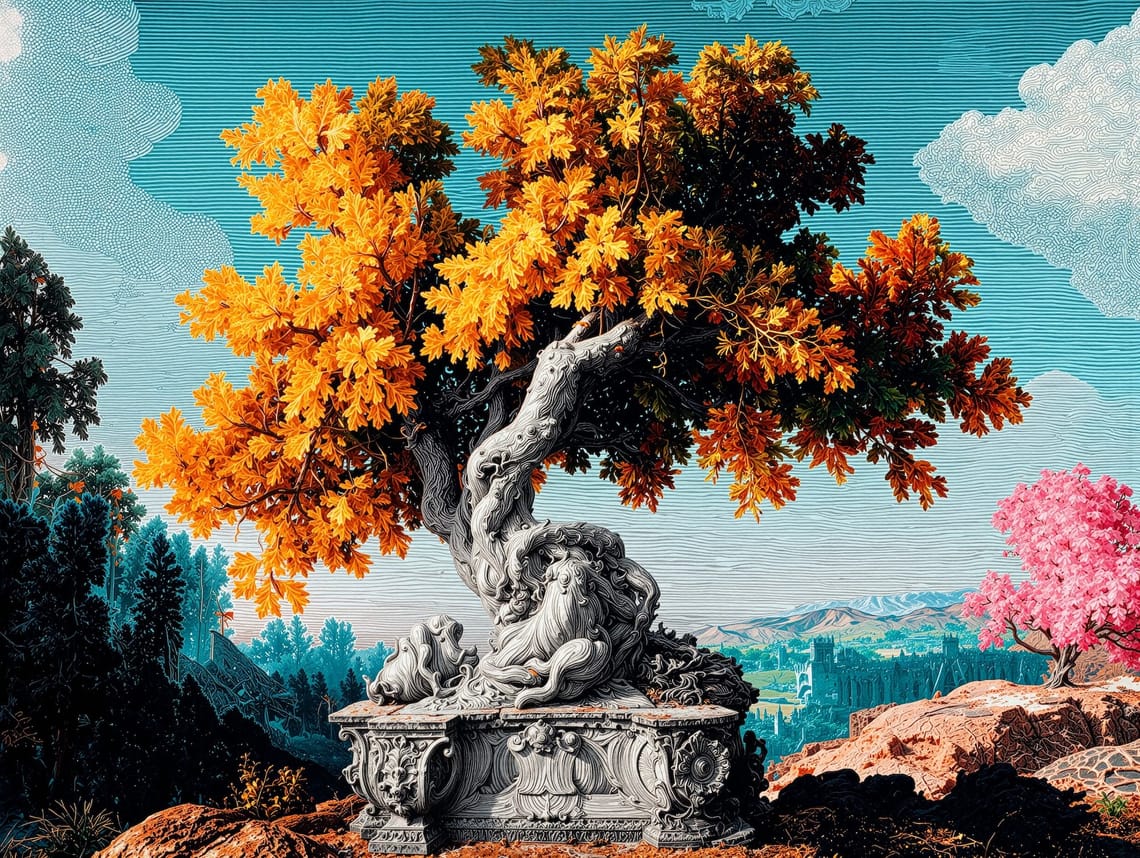Who breathes life into forgotten art histories?
Unearthing silenced voices, art historians reframe forgotten masterpieces, revealing hidden narratives that challenge traditional perspectives and illuminate diverse cultural contributions.
Art has always been more than just visual beauty—it's a complex language of human experience, cultural identity, and historical transformation. For too long, traditional art history has been dominated by a narrow, Eurocentric perspective that marginalized diverse voices and overlooked incredible artists who didn't fit into mainstream narratives. Today, we're witnessing an exciting renaissance of art historical research that's challenging these outdated paradigms and revealing extraordinary stories that have been hidden for generations.
Rediscovering Forgotten Artists
The art world is experiencing a profound shift in how we understand creativity and artistic contribution. Scholars and curators are actively working to uncover artists who were previously ignored or deliberately erased from historical records. Women artists, artists of color, and those from non-Western traditions are finally receiving the recognition they deserve.
Take, for example, the remarkable story of Hilma af Klint, a Swedish artist who was creating groundbreaking abstract paintings decades before artists like Kandinsky and Mondrian. Her spiritually inspired works were intentionally kept private during her lifetime, and only recently has she been recognized as a pioneering figure in abstract art. Her story demonstrates how institutional biases can suppress radical artistic visions.
Decolonizing Art Historical Narratives
The process of decolonizing art history means more than just adding diverse names to textbooks—it requires a fundamental reimagining of how we understand artistic production and cultural value. This approach challenges the colonial gaze that long dominated museum collections and academic discourse.
Museums around the world are now confronting their problematic histories, examining how colonial practices shaped art collecting and representation. Institutions are repatriating artifacts, providing more nuanced contextual information, and amplifying indigenous and marginalized perspectives. This work isn't just academic—it's a critical form of cultural healing and restoration.
Provenance research has become a powerful tool in understanding art's complex historical journeys. By tracing the ownership and movement of artworks, researchers are uncovering hidden stories of displacement, resistance, and cultural exchange. Each artwork carries multiple layers of meaning beyond its visual aesthetics.
The modern influence of these reimagined art histories is profound. Contemporary artists are drawing inspiration from previously overlooked traditions, creating hybrid forms that challenge traditional categorizations. They're using art as a way to reconstruct cultural memories and challenge dominant historical narratives.
Consider the work of artists like Yinka Shonibare, who explicitly explores colonial histories through vibrant, provocative installations. Or Kara Walker, whose silhouette artworks powerfully deconstruct racial representations. These artists aren't just making art—they're rewriting historical understanding.
Technology has also transformed how we engage with art history. Digital archives, virtual museum tours, and global research networks are making previously inaccessible collections visible. Scholars can now collaborate across continents, creating more comprehensive and nuanced understandings of artistic traditions.
This reimagining of art history isn't just an academic exercise—it's a deeply human endeavor. By listening to marginalized voices and understanding the complex contexts of artistic creation, we expand our collective imagination. We recognize that creativity knows no boundaries, and that every artistic expression carries profound cultural significance.
The future of art history is intersectional, global, and endlessly curious. It's about seeing art not as a linear progression of styles, but as a dynamic, interconnected conversation that spans cultures and generations. Each rediscovered artist, each recontextualized artwork, adds another thread to our rich, complex human tapestry.
As viewers and learners, we're invited to approach art with humility, openness, and a genuine desire to understand. The stories waiting to be told are extraordinary—stories of resilience, creativity, and the transformative power of human expression.
Subscribe to my newsletter to get the latest updates and news









Member discussion